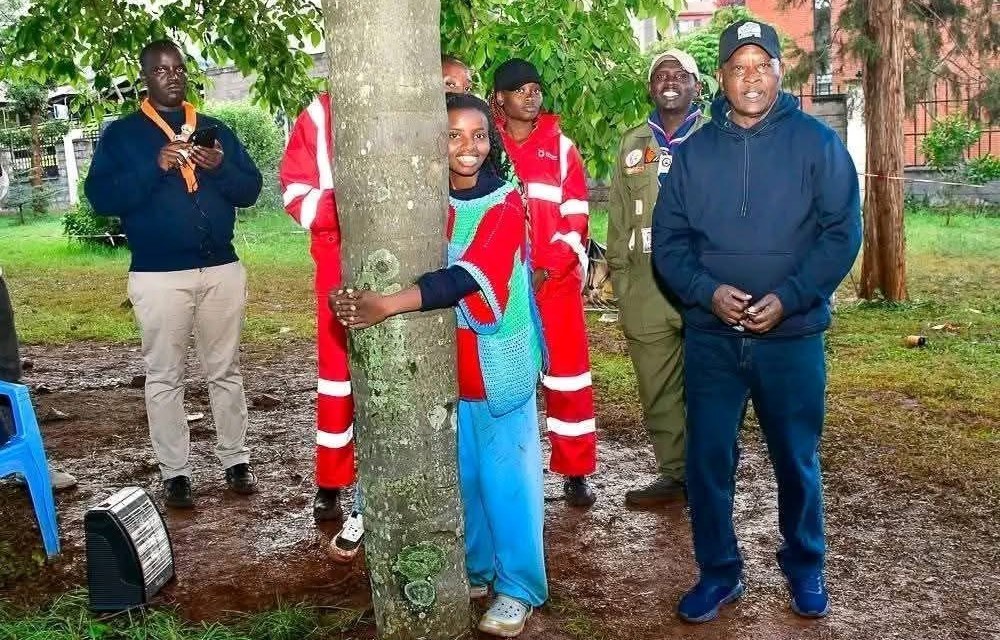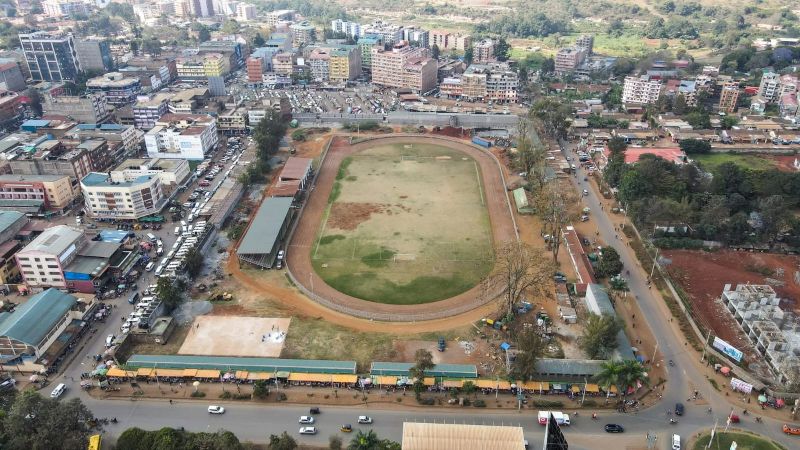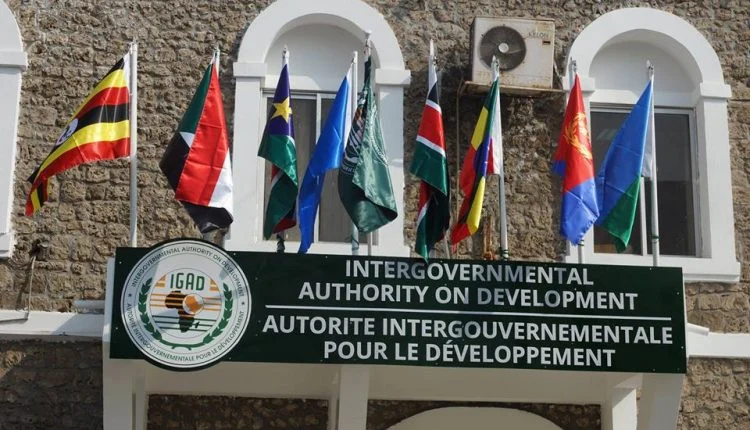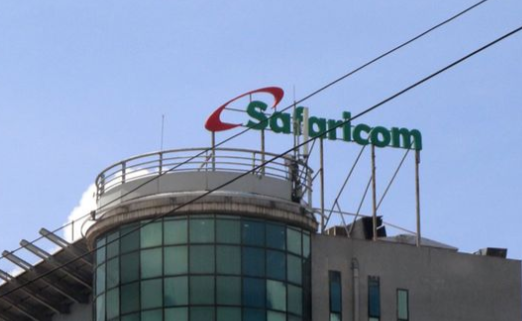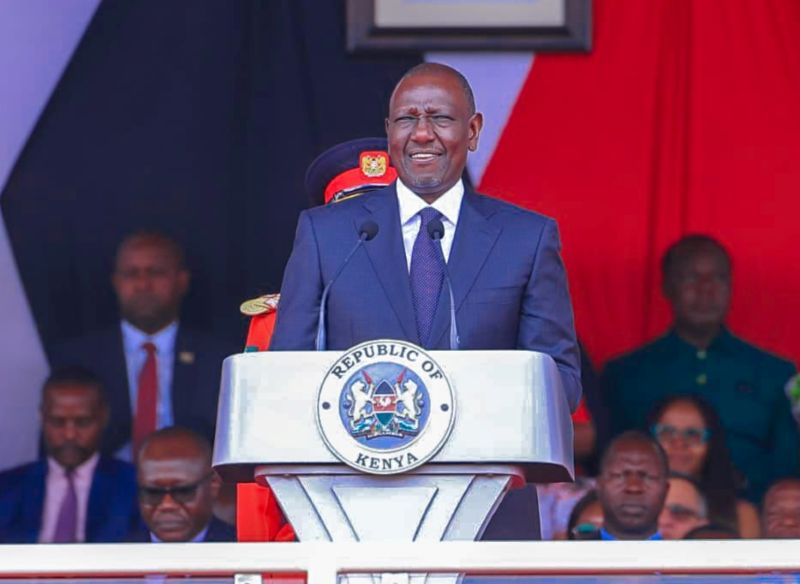Broadcast license uptake doubles in Kenya

As of September 30, 2024, the total number of authorised broadcasting service providers in Kenya had risen to 684, with 498 broadcasters actively operating.
The Communications Authority of Kenya (CA) has reported an increase in broadcasting licences issued, more than doubling to 37 during the three months leading up to September 2024.
This surge marks the highest rate of issuance in at least a year, according to the latest broadcasting services report from the CA.
More To Read
- High Court nullifies Communications Authority's broadcast ban on June 25 demos
- Communications Authority of Kenya revokes licences of 42 TV stations over violations
- Kenya's TV, radio stations ordered to cut betting content within 14 days
- State threatens to revoke Standard Group licenses over Sh48m regulatory fees
- Communications Authority of Kenya revokes 75 broadcast licenses for regulatory non-compliance
- Premier League announces record Sh1.2 trillion domestic TV deal
As of September 30, 2024, the total number of authorised broadcasting service providers in Kenya had risen to 684, with 498 broadcasters actively operating.
This includes 246 television stations and 252 FM radio channels. However, 186 licensees had not activated their operations.
The new permits granted in the period include four for commercial FM radio, three for community FM radio, twelve for free-to-air (FTA) TV broadcasting services, three for public FTA TV, four for public FTA FM, and eleven for public FTA commercial FM broadcasting.
"Subscriptions to broadcasting services decreased to 6.1 million from 6.4 million reported in the previous quarter, representing a four per cent decline," wrote the CA.
"The subscriptions to digital terrestrial television (DTT) grew by 0.53 per cent to 4.5 million, direct-to-home (DTH) decreased by 15.2 per cent to 1.6 million, while subscriptions for cable broadcasting services grew by 2.2 per cent to 60,894. The DTT population coverage stood at 91.91 per cent."
The regulator attributes the sustained popularity of DTT to the relative affordability of monthly subscription fees compared to cable and DTH, which has made it more accessible to lower market segments.
"Access to television through cable medium remained the least popular with only 0.99 per cent of subscriptions being for cable television services, which could be attributed to the low cable footprint due to the high cost of setting up the infrastructure compared to other forms of media," the Authority said.
On broadcast content standards, the report revealed a slight drop in compliance with the minimum local content quota, which decreased from 90 per cent to 88.5 per cent.
However, compliance with programming guidelines for the watershed period, children's protection, and religious programming guidelines remained perfect at 100 per cent.
The overall compliance level with the TV broadcasting code improved marginally, from 93.1 per cent to 94.7 per cent.
Top Stories Today
